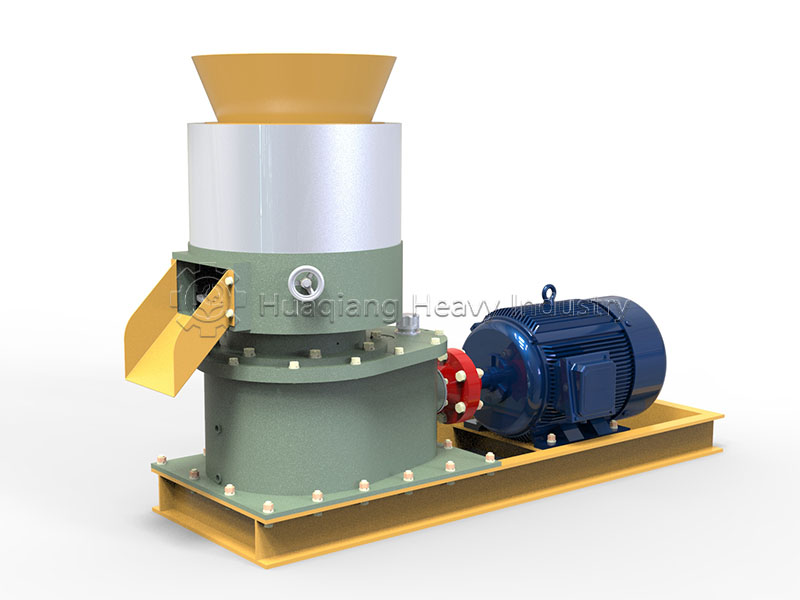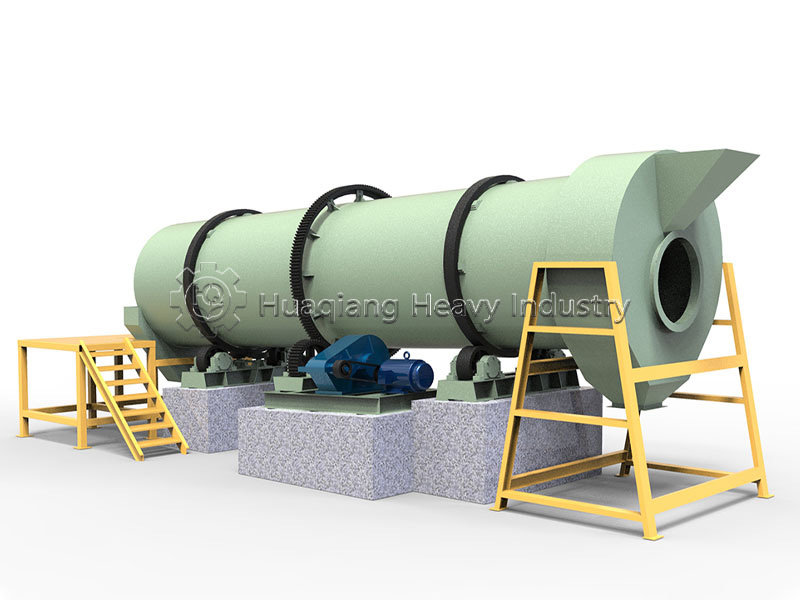



Core Logic of Formulation Sequence
NPK compound fertilizer formulation involves two key aspects: the industry-standard nutrient labeling sequence and the practical raw material formulation sequence for production. The former represents globally unified standardization norms, while the latter constitutes scientific formulation logic based on raw material compatibility, production processes, and crop requirements. Only by organically combining both can efficient and stable compound fertilizer products be designed.
The labeling sequence is fixed as nitrogen-phosphorus-potassium (N-P₂O₅-K₂O), while the formulation design follows the priority principle of “total nutrients → three-element ratio → phosphorus source → nitrogen source → potassium source → auxiliary components.” This represents the core essence of NPK compound fertilizer formulation design.
Standardized Nutrient Labeling Norms
The global compound fertilizer industry strictly adheres to a unified nutrient labeling sequence: nitrogen (N) – phosphorus (as P₂O₅) – potassium (as K₂O). This standard is clearly specified in fertilizer regulations worldwide, such as China’s GB/T 15063-2020 “Compound Fertilizers” standard. The three numbers in the labeling represent the percentage content of nitrogen, phosphorus, and potassium respectively, unrelated to the actual sequence of raw material addition.
For example, “15-15-15” indicates that every 100 kilograms of fertilizer contains 15 kilograms of nitrogen, 15 kilograms of phosphorus pentoxide, and 15 kilograms of potassium oxide, with total nutrient content reaching 45%, classifying it as high-concentration compound fertilizer. Meanwhile, “20-10-10” indicates the fertilizer emphasizes nitrogen supply, suitable for leafy vegetable crop growth requirements.
Scientific Sequence of Formulation Design
Determining Total Nutrients and Element Ratios
First, determine the total nutrient concentration grade according to the target application. High-concentration compound fertilizers (≥45%) primarily use high-concentration raw materials like urea and monoammonium phosphate, while medium and low-concentration products can incorporate some low-concentration materials or fillers. Simultaneously, establish the nitrogen-phosphorus-potassium ratio framework based on crop requirements and soil characteristics, such as universal type using 1:1:1 ratio, high-nitrogen type suitable for leafy vegetables, and high-potassium type applicable during fruit enlargement stages.
Phosphorus Source Priority Selection Strategy
In specific raw material selection, phosphorus sources should be determined first because they most significantly impact raw material compatibility and granulation effectiveness. Monoammonium phosphate is the preferred choice due to its excellent water solubility and slightly acidic nature, while diammonium phosphate better suits acidic soil conditions. Through precise calculation of phosphorus source dosage, not only can phosphorus element requirements be met, but the nitrogen content within can also offset partial nitrogen needs.
Nitrogen and Potassium Source Supplementation Balance
After determining phosphorus sources, nitrogen sources need supplementation to meet total nitrogen requirements. Urea becomes the preferred nitrogen source due to its high nitrogen content and good binding properties. Potassium source selection should consider crop sensitivity to chlorine elements, with potassium chloride being cost-effective for field crops, while potassium sulfate suits chlorine-sensitive crops like tobacco and fruit trees.
.jpg)
Auxiliary Component Optimization
After determining main nutrient raw materials, appropriate auxiliary components need addition according to granulation process requirements. Binders improve raw material aggregation effectiveness, functional additives provide trace elements or slow-release functions, fillers adjust product concentration and granulation humidity, while anti-caking agents ensure products maintain good physical properties during storage.
Formulation designs must undergo verification testing after completion, ensuring nutrient content compliance, good raw material compatibility, and feasible granulation processes. Through step-by-step scaling from laboratory tests to pilot production, the optimal production formula is ultimately determined.
Common Misunderstandings and Considerations
Several common misunderstandings need avoidance in formulation design: neglecting raw material compatibility may cause nutrient loss or granulation difficulties; incorrect potassium source selection affects quality of chlorine-sensitive crops; excessive filler usage reduces nutrient utilization efficiency. Additionally, practical raw material purity, specific production process characteristics, and cost control factors require consideration.
From Formula Design to Industrial Production
The scientific formulation logic of NPK fertilizers is realized through sophisticated industrial processes. Modern npk fertilizer production technology begins with precise material preparation using specialized equipment like the npk blending machine and bulk blending fertilizer machine, which ensure uniform distribution of raw materials according to the designed nutrient ratios. This critical mixing stage, often involving a fertilizer mixer machine, sets the foundation for consistent product quality throughout the manufacturing of npk fertilizer.
The complete npk fertilizer production line then transforms these precisely blended powders into granules using advanced npk granulation machine technology. Equipment such as the npk fertilizer granulator machine and disc granulator machine convert the mixed materials into uniform, market-ready particles. This integrated approach—from formula calculation through precision blending to controlled granulation—ensures that the final product accurately reflects the designed N-P-K ratios. The synergy between formulation science and production engineering enables the creation of compound fertilizers that meet specific agricultural needs while maintaining efficiency and quality throughout the industrial npk fertilizer production process, supporting global agriculture with reliable, precisely formulated nutrient sources.
Conclusion
NPK compound fertilizer formulation design represents an interdisciplinary field integrating agricultural chemistry, process engineering, and economic management. Only by deeply understanding the intrinsic connection between labeling standards and formulation logic, while fully considering crop requirements, raw material characteristics, and process demands, can high-quality compound fertilizer products meeting both standards and practical application needs be designed. With precision agriculture development, compound fertilizer formulation design is evolving toward more specialized and customized directions.










